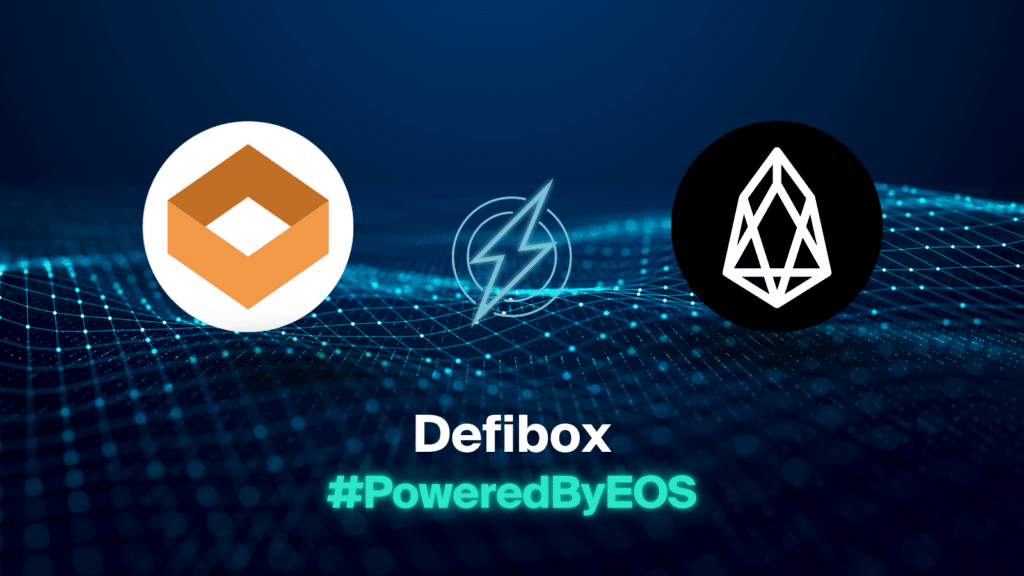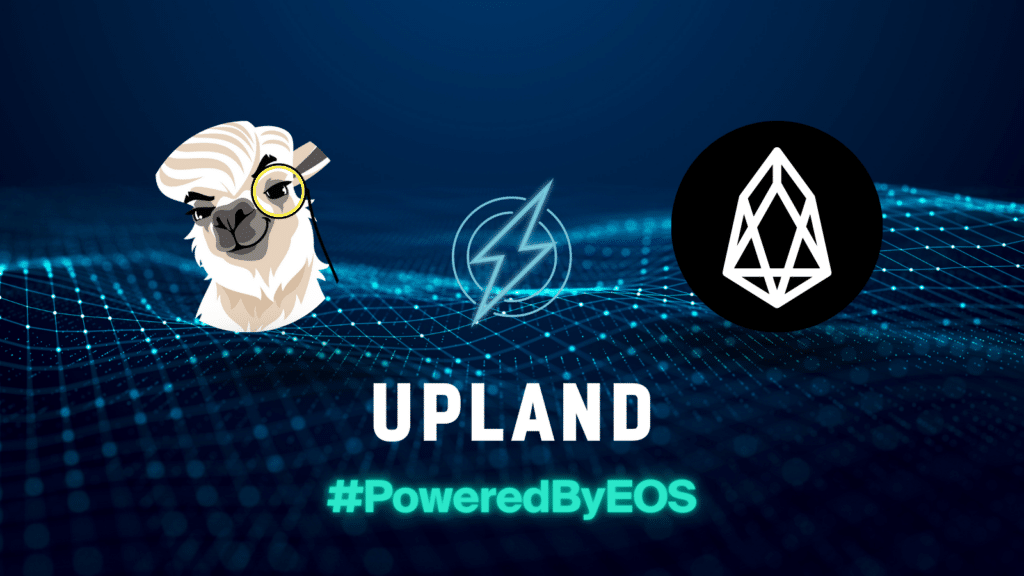EOS Network Foundation
Introducing Wallet+ Working Group and Recognition Grants for Wallets
Wallets are the first touchpoint for end-users entering a blockchain ecosystem and are an area which has been lacking in funding, standardization, and proper attention on EOS for far too long. With the Wallet+ working group initiative serving as a core pillar and the final wave of Recognition Grant recipients, the ENF is working towards monumental changes for the user and developer onboarding experience in the most impactful ways possible.
Wallet+ and What We Plan to Achieve
In last week’s blog update, the ENF sponsored working groups were announced which will serve as four of the core pillars for the EOS Network moving forward. Each working group will deliver a blue paper paper in Q1 that covers research deeply related to one aspect of EOS. The blue papers will each serve as roadmaps based on the recommendations based on the R&D of each working group.
ENF Sponsored Working Groups
- Wallet+ (Greymass) will work with software for the integration of EOS into external applications.
- Core+ (EOS Amsterdam, EOS Dublin, EOS Barcelona, and Cryptolions) will work with software that maintains and allows applications to run on EOS.
- API+ (Greymass, EOS Nation, and EOS Rio) will work with software that provides data from EOS for external applications.
- Audit+ (Slowmist and Sentnl) will provide an overall framework for security analysis tooling and contract audits for EOS applications.
As the first touch point into the EOS ecosystem, wallets serve as one of the most crucial pieces in the user experience. The majority of cryptocurrency holders purchase their tokens on centralized exchanges, but if they want to self custody their funds, use dApps, or participate in DeFi, the next step for onboarding requires users to install an EOS wallet and create an EOS account that they’re able to withdraw to. This sounds simple on paper, but the nuances of EOS account creation and resource management adds an additional layer of friction that are unique to EOSIO. These points of friction and many others are all problems that will be addressed in detail through the ENF Wallet+ working group led by Greymass.
Incomprehensive Topics to be Addressed by Wallet+ Working Group
- It’s difficult for app developers to integrate all the EOS wallets due to differences in how various wallets solve specific problems (identification, transaction signing, etc).
- It’s difficult for users to use apps because often specific apps require the use of a specific wallet (related to number 1). It’s also difficult, and often unsafe, for users to need to switch between wallets if they want to use a specific app.
- It’s difficult for users to use different apps due to how network resources are handled (or not) by the wallet or dApp, none of which is standardized.
- It’s difficult for developers to onboard new users into their applications, specifically users who don’t already have an existing EOS wallet. This limits the potential audience of applications built on EOS and makes it a less appealing platform for developers.
- Lack of common hardware wallet support with native apps for Ledger and Trezor.
To address these topics in a unified way, there are areas that can be improved upon to reduce the burden on both users and application developers: SDKs, Protocols, and Standards.
SDKs
For many EOSIO developers, the Universal Authentication Library (UAL) has been less than ideal for many use-cases and the only current work around is for each dApp to build their own solutions. Advanced developers with larger platforms such as Bloks and Atomic Hub have taken it upon themselves to do just that, but we can’t expect every developer to reinvent the wheel. We need open-source Software Developer Kits (SDKs) that prevent developers from having to invest this time and effort so they can get on building their app.
Protocols
To improve the user experience (UX) and make it easier for application developers, the protocols that each wallet uses should offer similarly compatible features and user flows. One way to accomplish this is by using identical protocols, another is to unify the capabilities of the protocols to align better when used by the application developer. An example of this would be “how do I prove this user owns this account”. For example, the EOSIO Signing Request (ESR) Protocol has built-in identity requests that prove this, while Scatter’s old protocol requires a 2-step process, one to select a user and another to sign an arbitrary transaction to serve as proof. Unifying things like this will improve the UX for end users and increase the adoption of wallets by developers.
Standards
From data formats like backups, key exports, etc to UI interfaces such as displaying ricardian contracts and blocking dangerous actions by default, establishing a base set of guidelines and standards that wallets should follow will improve the end user experience. An EOS user using Wallet A, wanting to transition to Wallet B, should both have an easy time doing so and have an inherent familiarity since it’s for the same blockchain.
Wave 5 of ENF $100k Recognition Grants: Wallets
In addition to the initiation of the Wallet+ working group, the ENF is pleased to announce our fifth and final wave of recognition grants recipients to the Wallets category. These projects have played a vital role in the EOS ecosystem and it is a pleasure to be able to offer them each a grant in recognition of their continued support. Additionally, the Wallet+ team has already been provided vital feedback from them as part of the working group initiative and I am looking forward to their future implementation of the standards and protocols that will be determined as a result of the initial published blue paper.
- Anchor Wallet — Security and privacy focused open-source digital wallet for all EOSIO-based networks that includes a robust set of additional features including frictionless resource billing using Greymass Fuel.
- MyKey — All-in-one multi-chain wallet built on top of the KEYID protocol that provides users on the EOS blockchain with managed resources, key recovery, and identity.
- Token Pocket — Multi-chain self-custodial wallet with 3m+ monthly active users and a Money Services Business (MSB) license allowing for cross-chain swaps between protocols including EOS.
- Starteos Wallet — Multi-chain non-custodial hardware wallet that supports multiple EOSIO blockchains.
- EOS Argentina (MetaMask) — Enables MetaMask wallet support on the EOS blockchain with a fee-based resource management system using Ethereum public/private keypairs as “micro-accounts”.
Closing Remarks
The EOS ecosystem has been picking up so much momentum over the last few months that it is seriously palpable. Over the last quarter, we’ve gone from stagnation to an accelerated pace of innovation and development that wasn’t even conceivable just a few months ago. Between the recognition grants, sponsored working groups, Pomelo, Eden on EOS, as well as the arrival of Helios, there has never been a better and more exciting time to be an EOS community member. Everyone in the ecosystem who wants to contribute, can contribute. Value creation is being rewarded and incentives are aligned across the board to allow us to continue driving the ecosystem forward as we all work together in parallel towards a unified vision for EOS.
-Yves
EOS Network
The EOS Network is a 3rd generation blockchain platform powered by the EOS VM, a low-latency, highly performant, and extensible WebAssembly engine for deterministic execution of near feeless transactions; purpose-built for enabling optimal web3 user and developer experiences. EOS is the flagship blockchain and financial center of the EOSIO protocol, serving as the driving force behind multi-chain collaboration and public goods funding for tools and infrastructure through the EOS Network Foundation (ENF).
EOS Network Foundation
The EOS Network Foundation (ENF) is a not-for-profit organization that coordinates financial and non-financial support to encourage the growth and development of the EOS Network. The ENF is the hub of the EOS Network, harnessing the power of decentralization as a force for positive global change to chart a coordinated future for EOS.



